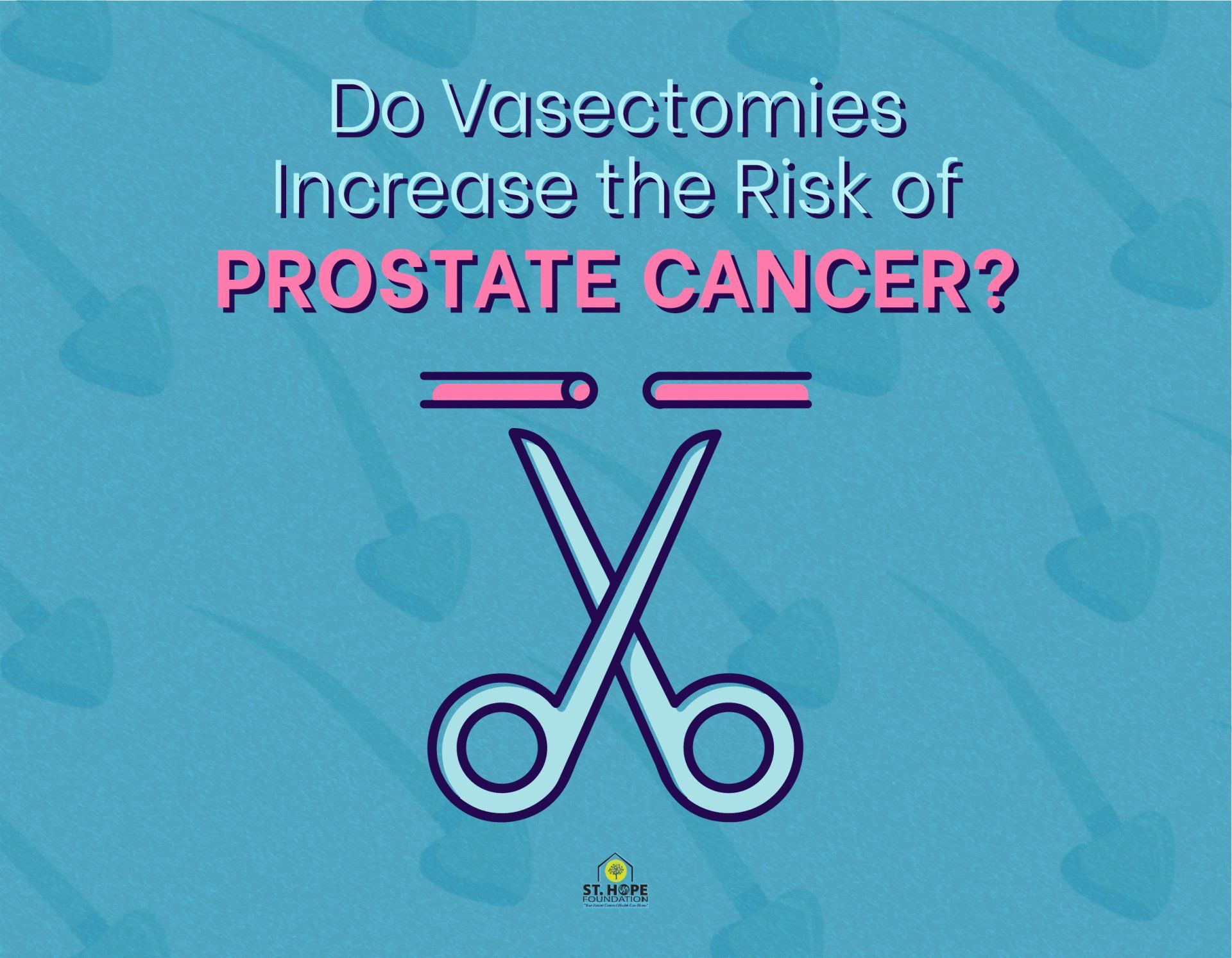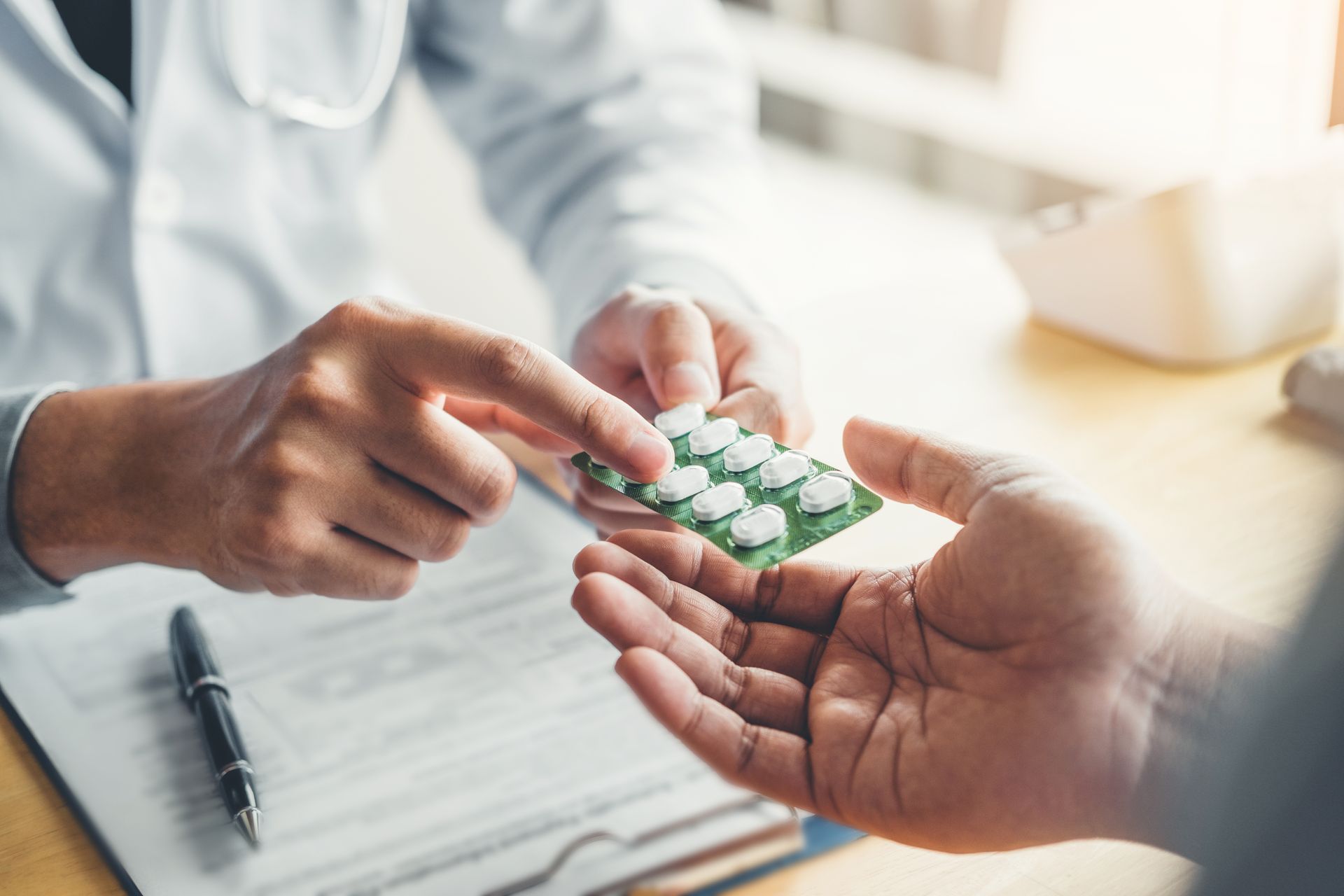Recent Posts
Do Vasectomies Increase the Risk of Prostate Cancer?

Over the years, prevailing medical wisdom and studies have come to different conclusions, but the majority of studies suggest there is no link between vasectomies and prostate cancer. Although a vasectomy likely will not increase your risk of prostate cancer, there are some side effects of vasectomies you may want to know about if you are considering a vasectomy as a birth control option.
How Is a Vasectomy Performed?
Step Number 1: Anesthesia
Vasectomies are outpatient procedures performed by urologists. Patients are conscious during the operation, but the doctor uses local anesthesia to numb the scrotum before he or she begins.
Step Number 2: Incision
Once the patient is numbed, the doctor will make one or two small incisions in the scrotum so they can reach the vas deferens.
Step Number 3: Removal
Once the doctor has access to the vas deferens, he or she will cut out a section and remove it from the scrotum.
Step Number 4: Cauterize
The doctor must cauterize the ends of the vas deferens that were not removed. After they are cauterized, the ends are attached with stitches.
Step Number 5: Repeat
If possible, the doctor will use the same opening to remove a section of the vas deferens for the other testicle. If the doctor cannot access the other testicle, another incision will be required. After part of the vas deferens is removed on the second testicle, the ends will be cauterized and fastened with more stitches.
Step Number 6: Stitch
The urologist will finish the operation by using stitches to close the incisions.
Step Number 7: Recovery
Men are typically discharged and return home the same day they receive a vasectomy. Doctors recommend rest and ice to treat discomfort while recovering from a vasectomy. Everybody’s recovery is different, but many men recover in about a week.
What Are the Risks of a Vasectomy?
Like any medical procedure, vasectomies are not risk-free.
Pain
Pain and discomfort are expected after a vasectomy. However, some men suffer chronic pain that requires additional surgery to alleviate.
Epididymitis
The epididymitis lets sperm flow to the vas deferens. Since the vas deferens are cut during a vasectomy, inflammation could occur due to sperm buildup.
Bleeding
- Some bleeding could occur at the incision site
- Some men also report bloody semen if they ejaculate shortly after the procedure
- Bleeding inside the scrotum could form a hematoma, which may lead to swelling
Failed Vasectomy
The vas deferens can reattach over time. While vasectomy failure is possible, research indicates it typically occurs in less than one percent of vasectomies.
Vasectomies do not take effect immediately. Most urologists ask their patients to schedule a follow-up visit a couple of months after the vasectomy so a semen sample can be tested for sperm. Doctors often recommend that patients use contraceptives until the sample is tested.
Do Vasectomies Affect Sexual Function or Testosterone Production?
All a vasectomy technically does is prevent sperm from reaching a man’s seminal fluid (semen). This process does not impact the patient’s testosterone levels. It also doesn’t have any impact on a man’s libido or sexual function.
Are Vasectomies Reversible?
Most vasectomies can be reversed, but the likelihood of conception usually decreases the longer a man waits to reverse his vasectomy. Vasectomy reversals carry a lot of the same risks as vasectomies. Diet, exercise and other variables may also impact one’s ability to conceive.
Should I Get a Vasectomy?
The decision to get a vasectomy is a personal one that depends on your situation. Many men—especially those without children—like to get input from their partners before deciding to get a vasectomy. If you are in the Houston, Texas area and decide that a vasectomy is right for you, you should book an appointment at St. Hope Foundation.
St. Hope Foundation is dedicated to giving our patients the best care possible. If you are interested in more information, please contact us through our online form or call us at (713) 778-1300.









